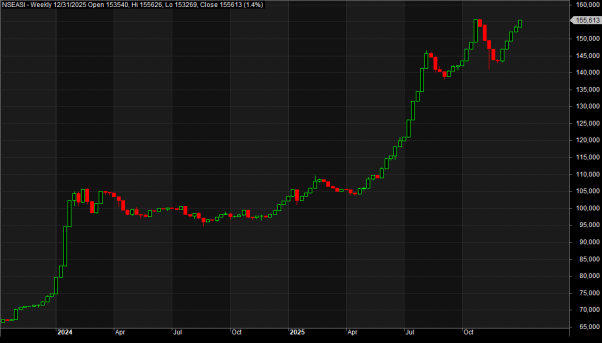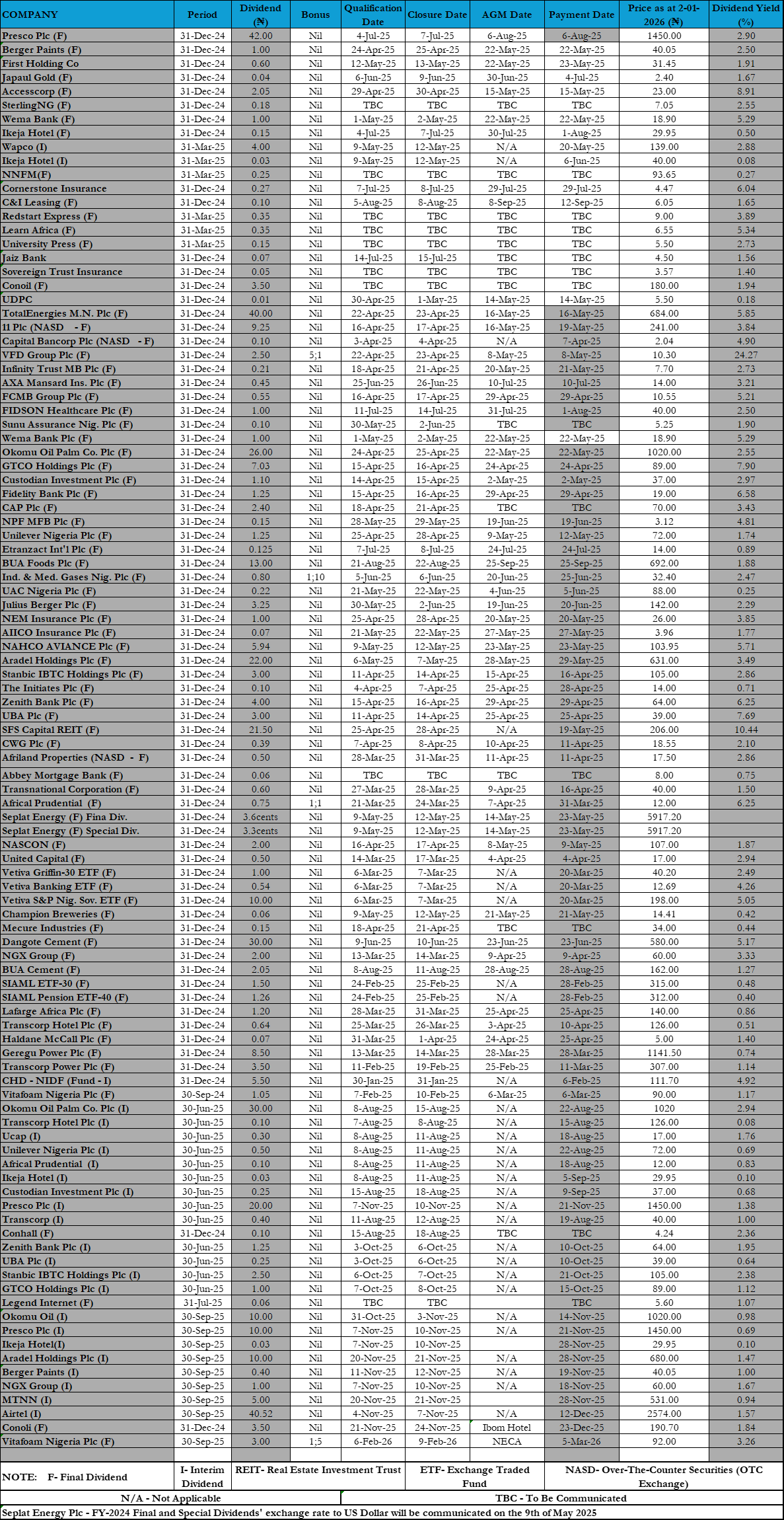
By Maria Agustina
Crude oil futures are on track for a weekly decline as persistent concerns over weak demand in China, the world’s largest crude importer, continue to weigh on market sentiment. Data shows that China’s oil refiners processed 4.6% less crude in October compared to the same period last year, reinforcing the ongoing challenges facing the country’s economic recovery. These difficulties are particularly evident in the sluggish growth of factory output and the protracted issues within the property sector. With few clear bullish drivers emerging, market participants are adopting a cautious stance.
The overall market outlook remains bearish in the near to medium term, as the combination of subdued demand from China and the potential for higher production from both the U.S. and OPEC+ suggests that any substantial recovery in crude prices is unlikely. These factors are likely to limit upward price movement and keep market sentiment firmly negative.
Meanwhile, forecasts from major agencies, including the International Energy Agency, indicate that global oil supply is expected to surpass demand in 2025, even with OPEC+ production cuts in place. This expectation is further exacerbated by the recent increase in U.S. crude inventories, which grew significantly more than the market anticipated last week.
Although gasoline and distillate stockpiles saw declines, the overall supply dynamics remain concerning, contributing to the bearish outlook for crude. Given these supply-side pressures, along with weak demand signals, the global crude market is likely to continue facing headwinds. Stability around current price levels seems uncertain, and unless there is a significant shift in either demand fundamentals or geopolitical factors, the potential for a meaningful price rebound appears limited for now.
Patti is a Financial Markets Strategist Consultant to Exness









